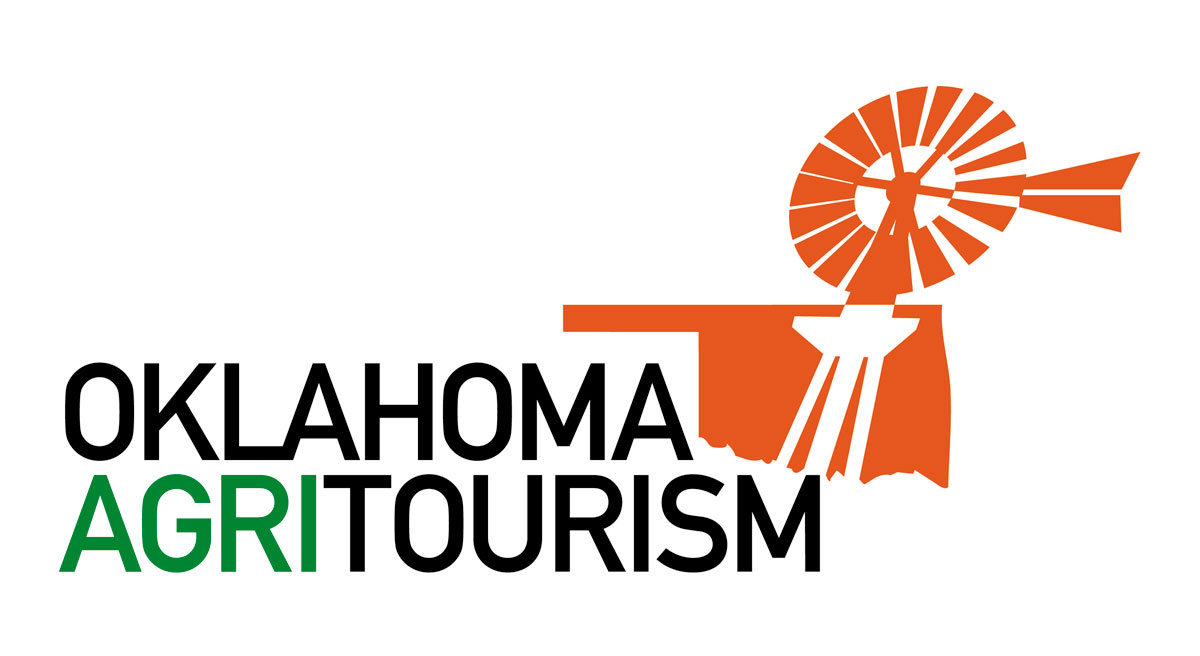MT. VERNON, Mo. — Do the bulls you are using or plan to buy have numbers on them?“
Your bulls may not have numbers printed on their side, but hopefully their breeder has provided their numbers to you,” said Eldon Cole, livestock specialist with University of Missouri Extension.
The Angus bull (shown at www.flickr.com/MUextension417) has numbers that represent his genetic breeding potential expressed as expected progeny difference (EPD) on the top row. The young bull does not have progeny data yet so he’s referred to as a non-parent bull.
EPDs do not predict actual performance such as weaning weights. However, they do a very effective job of comparing two or more bull’s progeny difference when bred to a similar set of females and managed under a comparable system.
Those familiar with a breed and their EPD system, become comfortable understanding how that bull with a particular set of EPDs should move their herd.“
Commercial producers may use two, three or even more breeds in their bull buying process. For them, remembering the exact EPD for each breed becomes a challenge. Some breeds may have 20 EPDs to consider, others may only have 5 or so,” said Cole.
EPD understanding may be simplified for some by using a percentile rank shown on the lower row of the pictured bull. The percentile rank indicates the relative rank within a breed for each EPD value.
The EPDs shown on the bull read from left to right: calving ease direct, weaning weight, yearling weight, milk, marbling and ribeye area. The 9 calving ease EPD puts him in the 15th percentile or near the top of the Angus, non-parent bulls for expected calving ease.
The 52 pounds refers to weaning weight EPD and the 30 below it ranks him in the top 30 percent. Different people understand things in different ways so this may help some of you understand EPD and percentile rank more clearly.
“Bull or semen shopping is made easier if you have objective data such as weights, carcass grades etc. available on your herd. That data should help you determine whether you need to invest in a bull from the top 25 percent of the breed or if one that’s around 50 percent (average) will suffice. Not every herd needs the most extreme bull in the barn,” said Cole.
A more detailed discussion on understanding EPDs may be found by checking out the web site for the breeds you are considering for a purchase. Most breeders have a good understanding of EPDs and should be able to help you as can University of Missouri Extension livestock specialists.
For more information, contact any of the MU Extension livestock specialists in southwest Missouri: Eldon Cole in Mt. Vernon, (417) 466-3102, Andy McCorkill in Dallas County at (417) 345-7551 or Dona Goede in Cedar County, (417) 276-3313.





